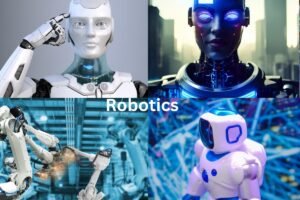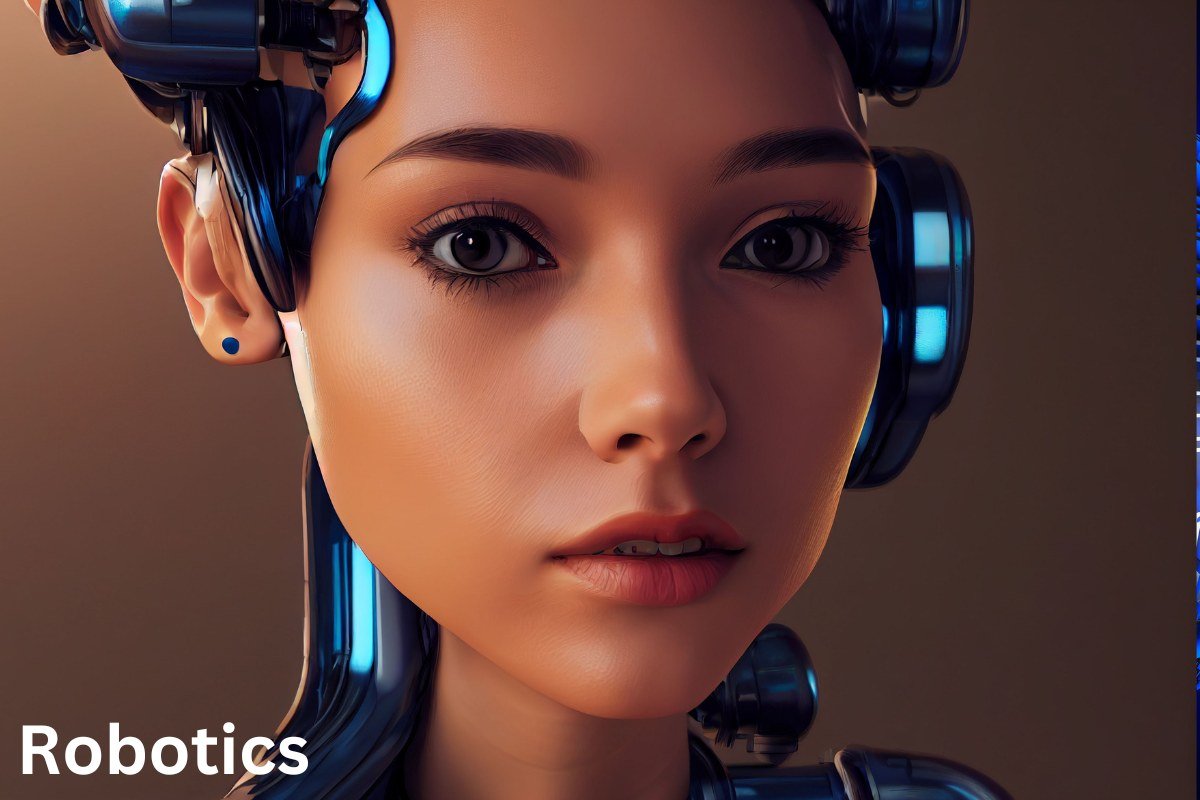Introduction to Robotics
Robotics is a multidisciplinary field that involves the design, construction, operation, and use of robots. These automated machines are programmed to perform tasks traditionally carried out by humans or to assist humans in various activities. The significance of robotics lies in its ability to enhance efficiency, precision, and safety across numerous industries and applications.

The history of robotics traces back to ancient times with the creation of automated machines like the water clock and automata. However, the modern era of robotics began in the 20th century with significant advancements in technology. Milestones include the invention of the first industrial robot by George Devol and Joseph Engelberger in the 1950s.
Types of Robots
Robots can be categorized into various types based on their design, functionality, and application. Industrial robots are widely used in manufacturing processes, while service robots are deployed in settings like healthcare, hospitality, and domestic assistance. Collaborative robots, also known as cobots, work alongside humans in shared workspaces, enhancing productivity and safety.

The applications of robotics are diverse and continue to expand rapidly. In manufacturing, robots automate repetitive tasks, streamline production lines, and improve product quality. In healthcare, robots assist surgeons in performing delicate procedures with precision and provide support in patient care and rehabilitation. Additionally, robots are utilized in agriculture for tasks such as planting, harvesting, and monitoring crop health.
Impact of Robotics on Society
While robotics offers numerous benefits, it also raises concerns about its impact on society. Job displacement is a significant issue as automation replaces certain human roles, leading to unemployment in some sectors. Ethical considerations, such as the use of robots in warfare or surveillance, also provoke debate regarding the responsible development and deployment of robotic technology.
Advances in Robotics
Recent advances in robotics have been driven by breakthroughs in artificial intelligence and sensory capabilities. Robots are becoming increasingly intelligent, capable of learning from their environment and adapting to new situations. Integration with advanced sensors enables robots to perceive and interact with their surroundings more effectively, enhancing their versatility and safety in various applications.
Challenges in Robotics
Despite technological progress, robotics still faces significant challenges. Safety remains a paramount concern, particularly in collaborative settings where robots operate alongside humans. Ensuring the reliability and resilience of robotic systems, as well as addressing regulatory issues surrounding their deployment, are ongoing challenges for researchers and industry stakeholders.
Future of Robotics
The future of robotics holds immense potential for innovation and transformation across industries. Predictions include the widespread adoption of autonomous vehicles, the proliferation of household robots for chores and companionship, and the emergence of robots capable of complex decision-making and emotional intelligence. However, realizing this future requires addressing technical, ethical, and societal challenges.
Conclusion
In conclusion, robotics represents a dynamic and rapidly evolving field with profound implications for society and industry. From manufacturing and healthcare to agriculture and beyond, robots are reshaping the way we work, live, and interact with technology. While challenges persist, the future of robotics promises continued innovation and advancement, driven by human creativity and ingenuity.
FAQs
- What is the difference between industrial robots and service robots?
- How do robots impact employment opportunities?
- What ethical considerations are associated with the use of robotics in healthcare?
- What are some recent breakthroughs in robotics research?
- How are regulatory bodies addressing safety concerns related to robotics?
